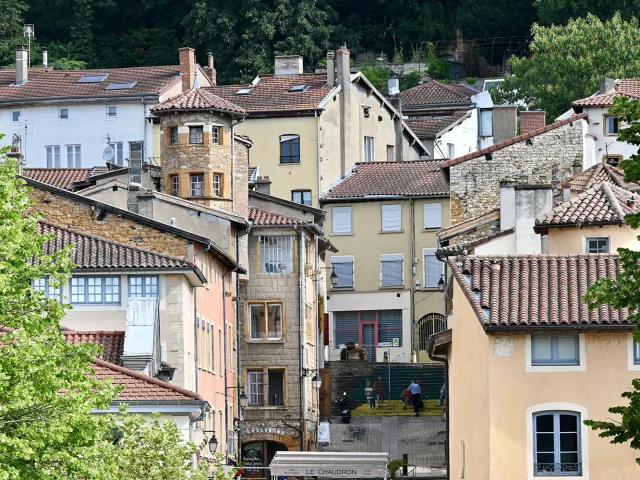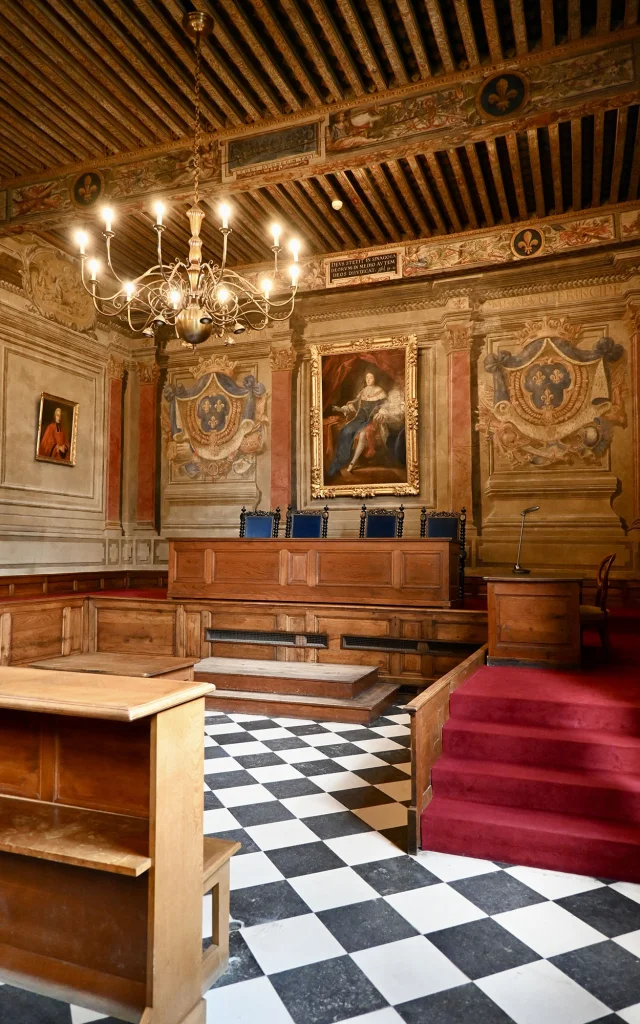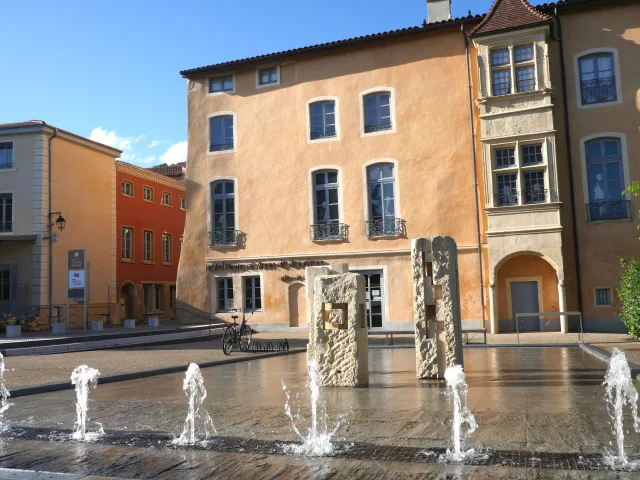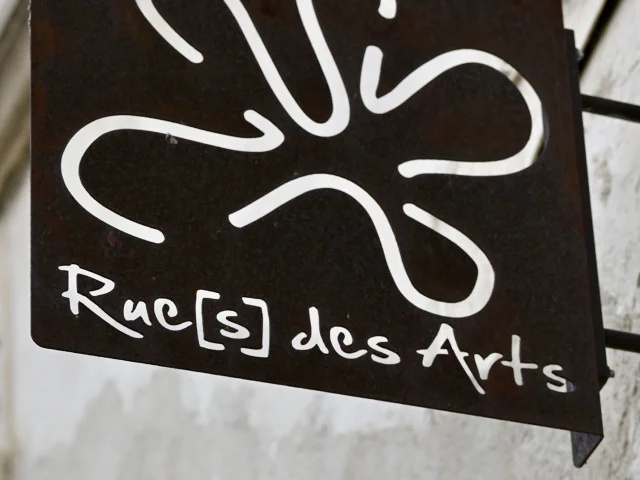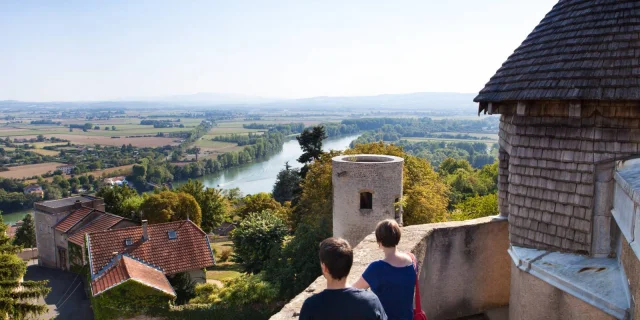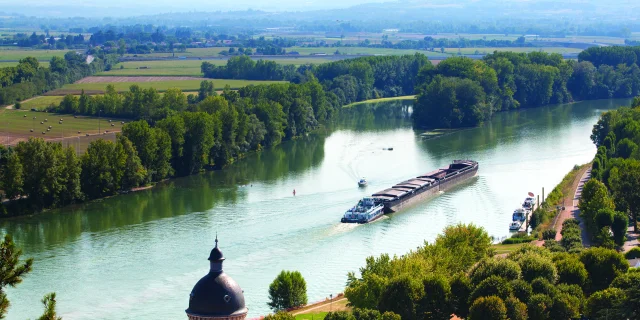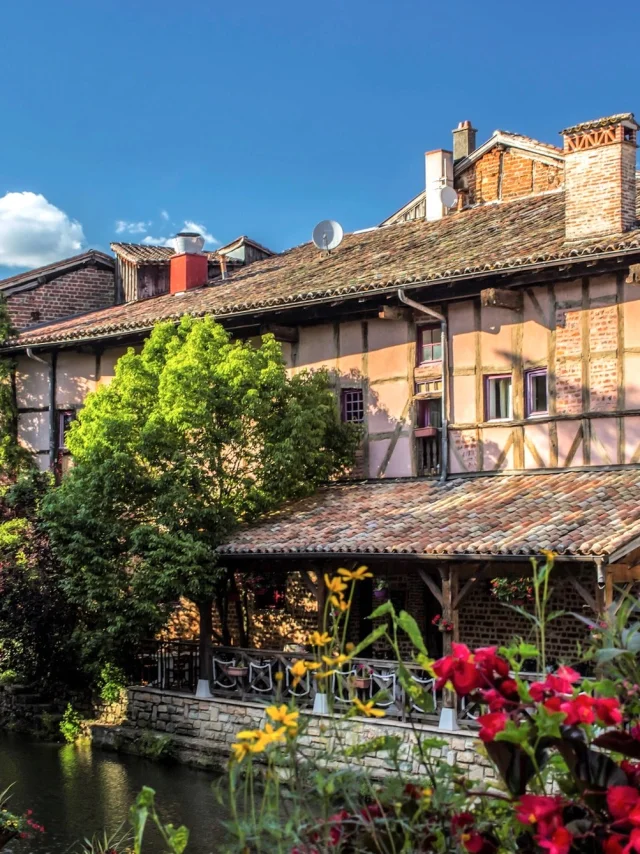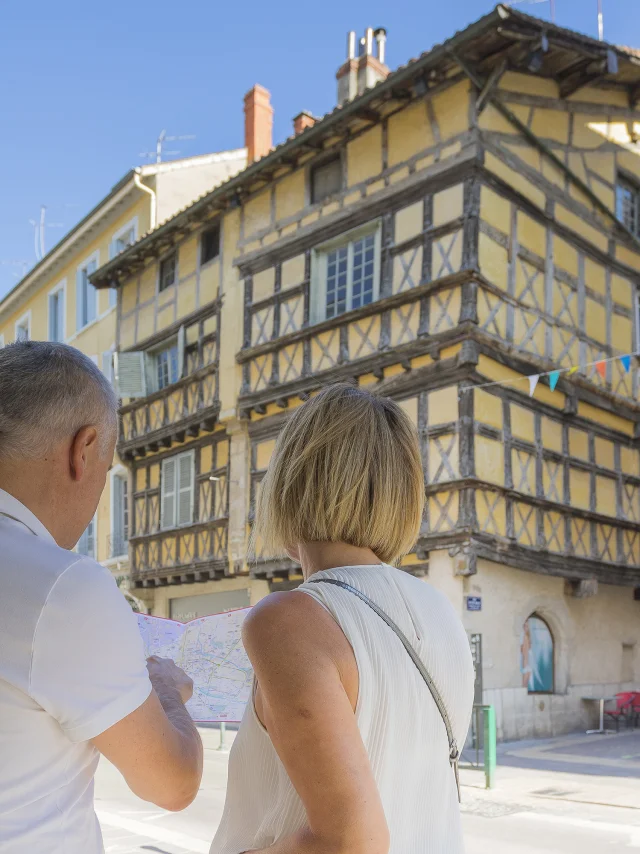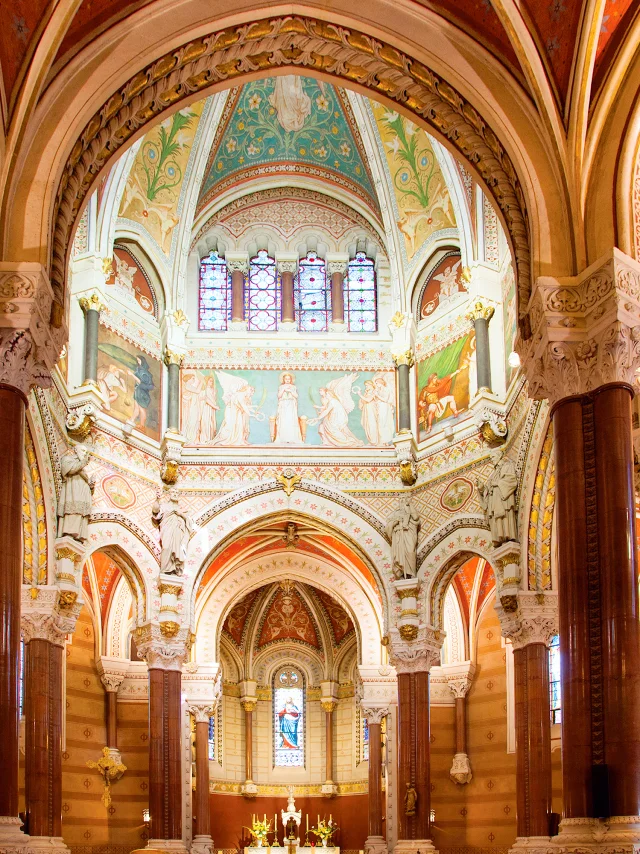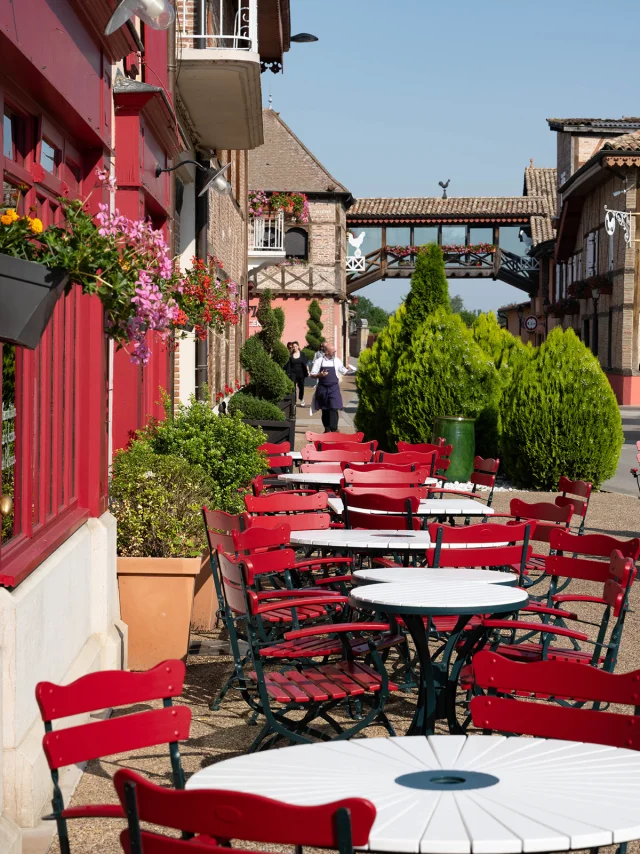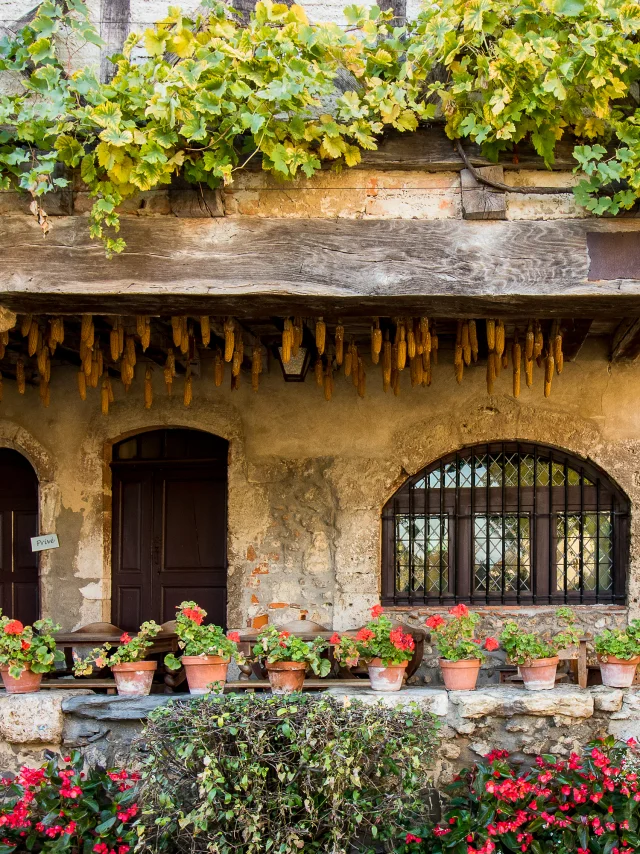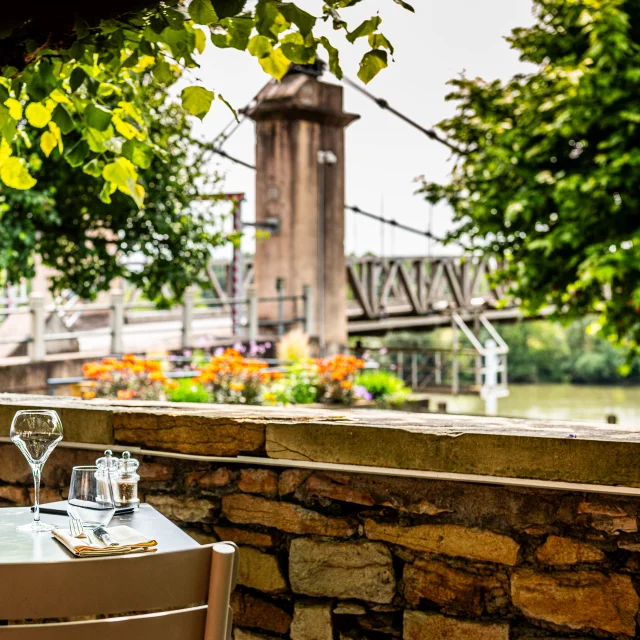A major city
The history of Trévoux is unique in the Kingdom of France. At the confluence of river routes and routes to the Empire, Trévoux was an important place, a border post, as evidenced by its 15th-century fortified castle, whose octagonal keep dominates the landscape at 360°. A Bourbon stronghold and capital of the Dombes principality, the town was strategic.
Even today, it’s an essential stopping-off point. The gentle way of life on the banks of the Saône, which is ideal for boating and cycling, and its narrow streets and traboules, home to artists’ and craftsmen’s workshops, give this former capital of the Dombes region a very special atmosphere.


